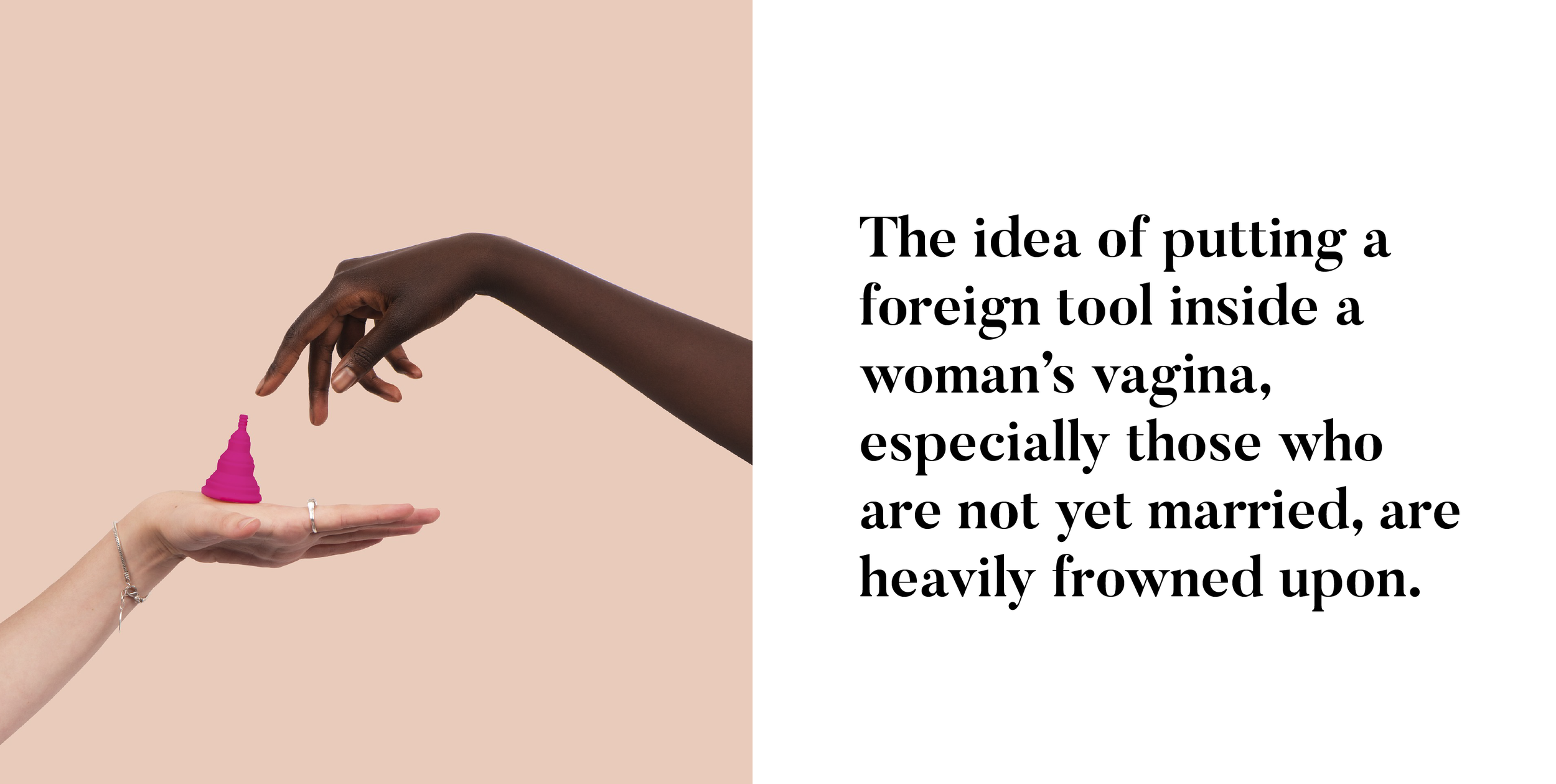Is menstrual cup the greatest invention of the century?
Over the past five years, menstrual cup has slowly become the talk of the town, mostly among young women. How can it not, considering that this device is claimed to be the solution to all sorts of discomfort that come with a woman’s menstrual cycle.
It cuts the amount women would usually spend on feminine hygiene products annually. It eliminates the discomfort of changing pads every 4-6 hours. It significantly minimizes the possibility of leaking and staining the underwear (another budget saved). They may last up to five years, depending on the brand and the material.
This is an invention. How are people not talking about this?
Menstrual cup is a feminine hygiene device that works like a tampon, which is to be inserted into the vagina during menstruation. The difference is that unlike tampon, menstrual cup is reusable. At first, the product came with a default design of a colorless plastic, bell-shaped cup with a stem at the bottom, usually with two to three different sizes, and that’s it.
This product is especially useful for those who are not constantly in immediate access to hygiene. Of course, it sounds too good to be true, especially for women in developing countries like Indonesia.
It is quite a sight, how a country with growing conservatism began to discuss the use of menstrual cup openly. Mainstream media already started the discussion about the benefits, the do’s and don’ts, the how-to’s and many other aspects.
The discussion is already spread among local online communities, providing easier access to the information for the public. It is at least getting some sort of recognition today in Indonesia, and the recognition is growing strong.
The rise of conservatism in Indonesia is sure to be the reason why this invention hasn’t yet gone as mainstream as expected. The idea of putting a foreign tool inside a woman’s vagina, especially those who are not yet married, are heavily frowned upon.
This matter actually rooted from the lack of sufficient sexual education in Indonesia that created more myths about women’s body to the point that it affects the psyche of Indonesian women.
A report by CNN Indonesia showed a married Indonesian woman who hasn’t used her own menstrual cup out of hesitation. The taboo attached on her so strongly, even when the reason behind her purchase was to cut waste.
Waste is a huge problem in Indonesia. The country produces about 64 million tons of waste per year and the number is predicted to be increasing. There has been all sorts of efforts done or proposed to deal with this problem, including banning single-use plastics and returning developed world’s waste.
In addition, a 12-year-old activist from Garut sent letters to a number of world leaders to stop sending their waste to Indonesia. Switching from pads or tampons to menstrual cup is a sound idea.
During periods, a woman use two to four pads or two to three tampons a day, depending on her flow. Wear it like that for at least five days a month, they would use 20 pads or 15 tampons per period.
Annually, one woman would produce sanitary waste of 240 pads or 180 tampons. Indonesia has more than 90 million women who menstruate, and if only half of them are using pads or tampons, their contribution to waste production cannot be insignificant.
Not to mention that on average, women will keep getting periods for about 40 years. It actually makes a lot of sense to go for menstrual cup that only needs replacing every five to ten years for women in a country like ours.
In a larger scale, this is an invention that might drastically bring down global waste, considering that people with menstrual cycle cover nearly half of the population. This kind of invention openly invites women to be agents of change in a more basic approach.
Menstrual cup does not only offer environmental change, but also well-being. Even in a taboo-infested society like Indonesia, the women cannot seem to help but to consider this option.



